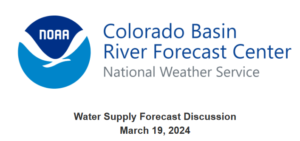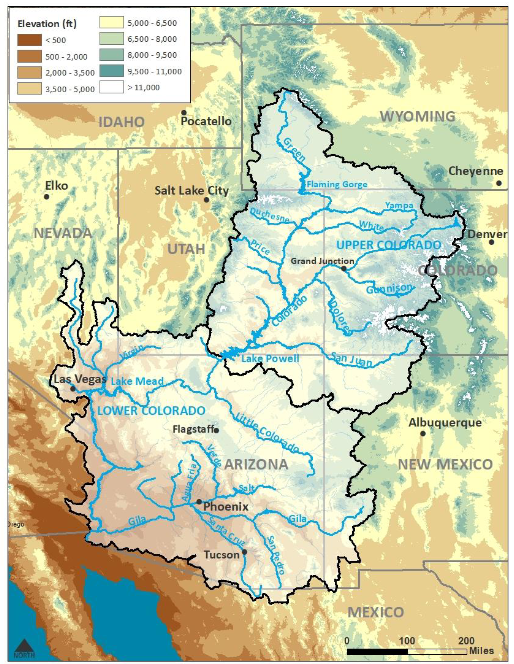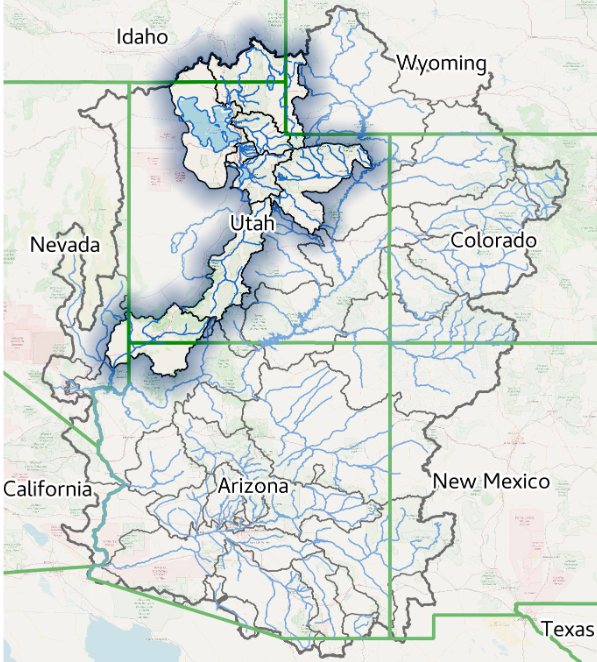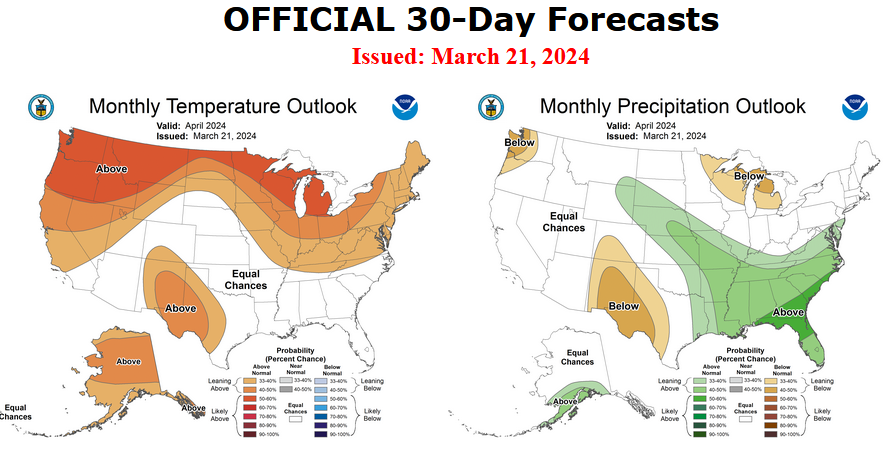Today Through the Fourth Friday (22 to 28 days) Weather Outlook for the U.S. and a Six-Day Forecast for the World: posted March 29, 2024
It is difficult to find a more comprehensive Weather Outlook anywhere else with the ability to get a local 10-day Forecast also.
This article focuses on what we are paying attention to in the next 48 to 72 hours. The article also includes weather maps for longer-term U.S. outlooks and a six-day World weather outlook which can be very useful for travelers.
First the NWS Short Range Forecast. The afternoon NWS text update can be found here but it is unlikely to have changed very much. The images in this article automatically update.
Short Range Forecast Discussion
NWS Weather Prediction Center College Park MD
Fri Mar 29 2024
Valid 12Z Fri Mar 29 2024 – 12Z Sun Mar 31 2024…Heavy snow over parts of the Sierra Nevada Mountains and the higher
elevations of Wyoming, Colorado, Utah, and Northern Maine……Light to moderate snow over parts of the Upper Midwest…
…There is a Sight Risk of excessive rainfall over parts of Southern
California on Friday and Saturday and Northern Maine on Friday…An upper-level low will develop off the Northwest Coast and move southward
to off Southern California by Sunday. The circulation around the low will
stream moisture inland over parts of Southern California and other parts
of the West. Coastal rain will develop over parts of the Pacific
Northwest, and rain/higher-elevation snow will spread over parts of
California. By Friday afternoon, the flow of moisture will create heavy
rain over parts of Southern California. Therefore, the WPC has issued a
Slight Risk (level 2/4) of excessive rainfall over parts of Southern
California through Saturday morning. The associated heavy rain will create
mainly localized areas of flash flooding, with urban areas, roads, small
streams, and burn scars the most vulnerable.In addition, the moisture will aid in creating heavy snow over the Sierra
Nevada Mountains and the higher elevations of Wyoming, Colorado, and Utah
through Sunday. Moreover, the heavy rain will continue over Southern
California on Saturday. Therefore, the WPC has issued a Slight Risk (level
2/4) of excessive rainfall over parts of Southern California on Saturday
through Sunday morning. The associated heavy rain will create mainly
localized areas of flash flooding, with urban areas, roads, small streams,
and burn scars the most vulnerable.Furthermore, upper-level energy over the Northern Tier States will move
eastward across the Great Lakes into the Northeast by Sunday. The energy
will produce light to moderate snow over the Northern Tier States into the
Great Lakes through Sunday. Additionally, showers and thunderstorms will
develop over the Upper/Middle Mississippi Valley and Great Lakes/Ohio
Valley by Friday evening into Sunday. Along the rain/snow line, a few
pockets of light rain/freezing rain will develop over parts of the Upper
Mississippi Valley and Upper Great Lakes late Friday night into Saturday.Meanwhile, low pressure off the Northeast Coast will move northward into
Eastern Canada by Saturday evening. Moisture will stream along the
Northeast Coast, creating heavy rain along the Maine Coast. Therefore, the
WPC has issued a Slight Risk (level 2/4) of excessive rainfall over parts
of the Maine Coast through Saturday morning. The associated heavy rain
will create mainly localized areas of flash flooding, with urban areas,
roads, and small streams the most vulnerable.Further, the energy associated with the low will help produce heavy snow
over parts of Northern Maine through Saturday morning. Snow will linger
over Northern Maine through Sunday.






